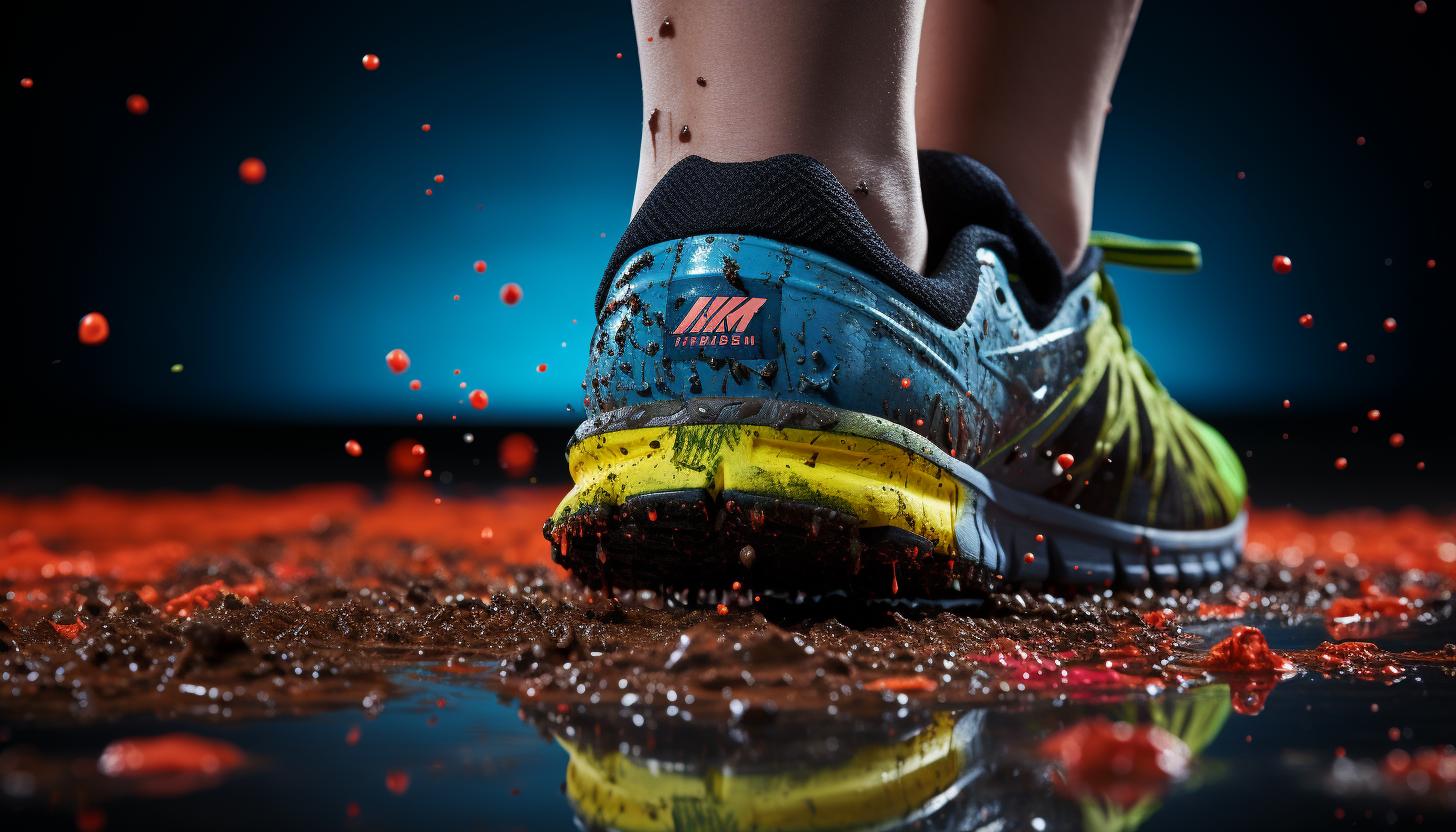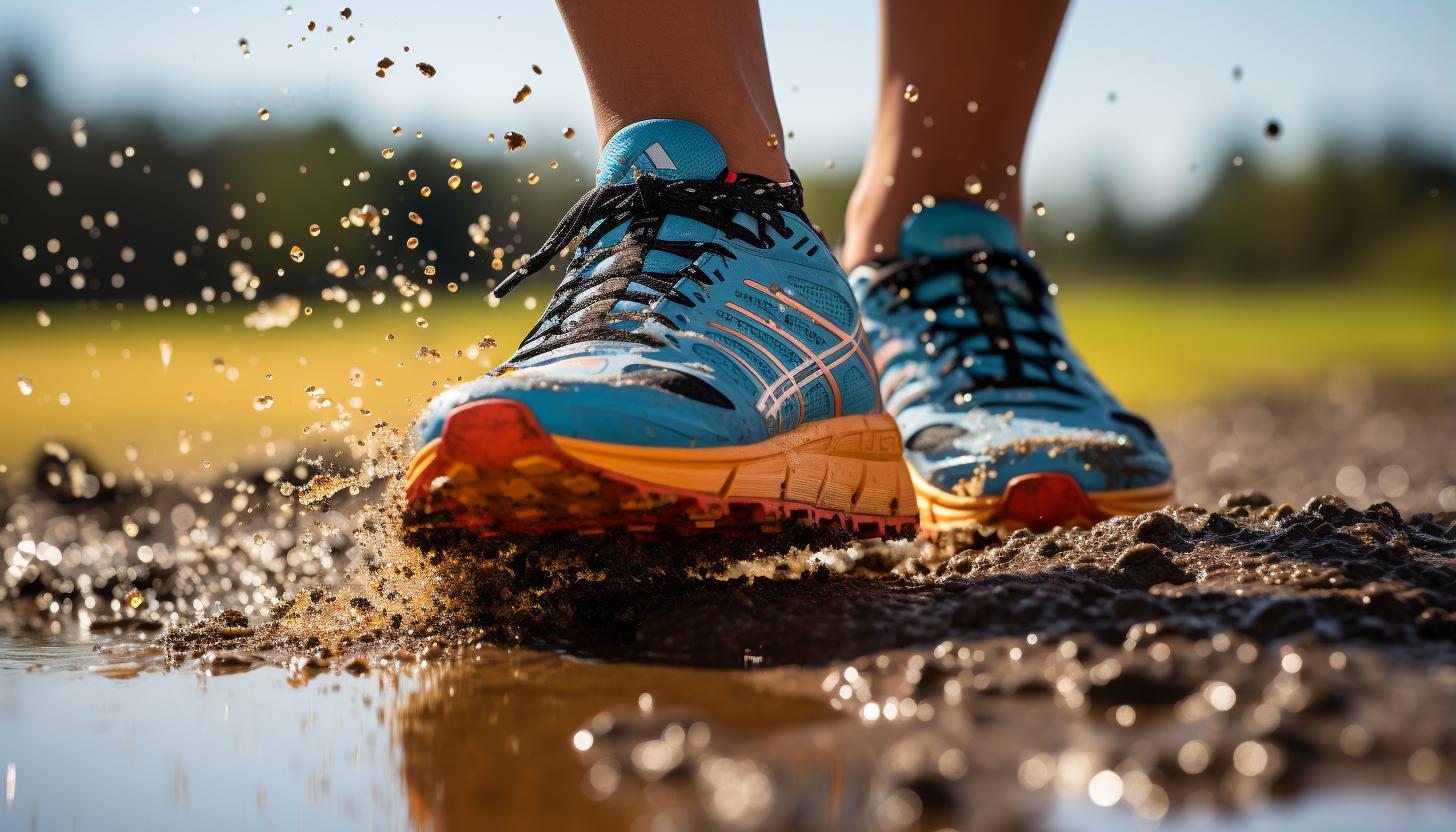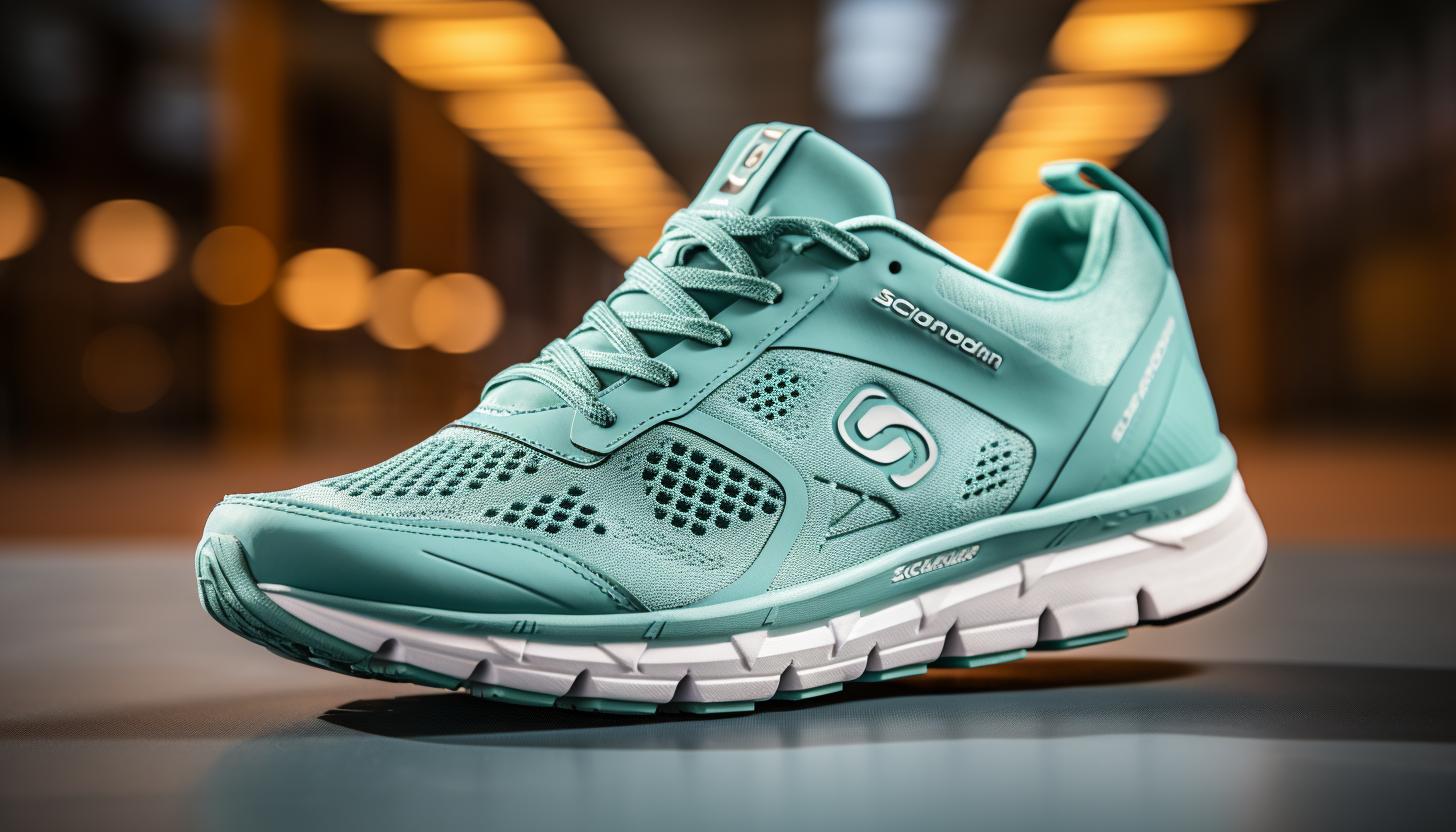How to Choose the Right Running Surface to Minimize Injury Risk

Do you want to minimize your risk of injury while running?
Imagine this: You’re out on a jog, feeling the adrenaline pumping through your veins, when suddenly you stumble and twist your ankle. Ouch!
To prevent such mishaps, it’s crucial to choose the right running surface. In this article, we will explore the scientific evidence behind surface selection and provide you with tips to evaluate and assess different types of running surfaces.
So lace up your shoes and let’s get started on finding the perfect path for injury-free runs.
The Importance of Surface Selection

You should consider the importance of surface selection to minimize your risk of injury. When it comes to running, the type of surface you choose can greatly impact your overall safety and well-being.
One important factor to consider is the hardness of the surface. Hard surfaces such as concrete or asphalt may increase the force exerted on your joints and lead to a higher risk of injury, especially if you have pre-existing joint issues or are prone to stress fractures. On the other hand, softer surfaces like grass or trails provide more shock absorption, reducing the impact on your joints and decreasing your risk of injury.
In addition to surface hardness, another crucial aspect is proper running shoe selection. The right pair of shoes can help distribute forces evenly and provide adequate cushioning for different types of surfaces. For example, if you frequently run on hard surfaces like roads or pavements, it’s recommended to choose running shoes with extra cushioning in order to absorb more shock. Conversely, if you prefer softer surfaces like trails or grassy terrains, shoes with a sturdier sole might be more suitable for stability and support.
Factors to Consider When Choosing a Running Surface

When considering factors for selecting a running surface, it’s important to take into account the potential impact on injury prevention. Different running surfaces can have varying effects on your body and the risk of injury.
Here are three key factors to consider when choosing a running surface:
– Common Running Surface Options:
– Pavement: This is a popular choice for many runners due to its accessibility and predictability. However, pavement can be hard and unforgiving, increasing the risk of impact-related injuries.
– Trails: Running on trails offers a softer surface that can absorb some of the shock from each stride, reducing the strain on your joints. However, uneven terrain may increase the risk of ankle sprains or falls.
– Treadmills: Treadmills provide a controlled environment with cushioned surfaces that can help minimize impact forces. However, repetitive motion on a treadmill may lead to muscle imbalances.
– Impact of Weather Conditions on Running Surfaces:
– Wet Surfaces: Running in wet conditions can make any surface slippery, increasing the likelihood of slips and falls. Extra caution should be taken when running in these conditions.
– Cold Surfaces: In colder temperatures, some surfaces like concrete or asphalt may become harder and less forgiving. This could potentially increase the risk of stress fractures or joint injuries.
Consider these factors alongside your personal preferences and goals when selecting a running surface. Remember to listen to your body and gradually adapt to different surfaces to reduce the risk of injury.
Types of Running Surfaces and Their Impact on Injury Risk

One factor to consider when selecting a running surface is the impact it can have on your body and the potential for injuries. Different types of surfaces can vary in terms of their durability and maintenance requirements, which can ultimately affect your risk of injury.
When it comes to surface durability, some options are more long-lasting than others. For example, asphalt and concrete are typically considered to be highly durable surfaces that can withstand regular use over time. On the other hand, natural surfaces like grass or dirt trails may require more frequent maintenance due to wear and tear caused by weather conditions or foot traffic.
Surface maintenance is another important aspect to consider. Surfaces that require minimal maintenance, such as synthetic tracks or treadmills, can be appealing for runners who prefer low-effort upkeep. However, it’s worth noting that even these surfaces may still need periodic cleaning or repairs.
Ultimately, choosing a running surface with good durability and manageable maintenance can help reduce your risk of injuries. By selecting a surface that suits your needs and preferences while also considering factors like surface durability and maintenance requirements, you can create an optimal running environment that promotes both safety and enjoyment.
Tips for Evaluating and Assessing Running Surfaces

Evaluating and assessing different running surfaces can help determine their suitability for your needs and preferences. When it comes to choosing the right running surface, there are a few key factors to consider in order to minimize injury risk and maximize performance.
Here are some tips to help you evaluate and assess running surfaces effectively:
– Surface Hardness: Consider the hardness of the surface you will be running on. Softer surfaces, such as grass or trails, can provide more cushioning and reduce impact forces on your joints. However, they may also be more uneven, increasing the risk of tripping or twisting an ankle.
– Surface Stability: Look for a stable surface that offers good traction. Uneven or slippery surfaces can increase the likelihood of falls or strains. Asphalt or rubberized tracks tend to provide better stability compared to gravel paths or sandy beaches.
– Shock Absorption: Evaluate how well the running surface absorbs shock. A surface with good shock absorption properties can help reduce stress on your muscles and joints, minimizing the risk of overuse injuries like shin splints or stress fractures.
Best Practices for Minimizing Injury Risk Through Surface Selection

To reduce the chances of getting injured, it’s important to select a surface that provides stability and absorbs shock effectively. Common running injuries can be caused by repetitive impact forces on the body, so choosing the right surface is crucial for injury prevention strategies. Here are some best practices to minimize injury risk through surface selection:
| Surface Type | Characteristics | Recommended For |
|---|---|---|
| Asphalt | Firm and rigid | Road running |
| Track | Soft and springy | Speed work and intervals |
| Trail | Natural terrain with varying surfaces | Off-road running |
When selecting a running surface, consider your specific needs and goals. If you’re training for a road race, asphalt provides a stable and consistent surface. However, if you want to mix up your training routine or enjoy nature while running, trails offer diverse terrains that challenge different muscle groups.
It’s also essential to listen to your body. If you experience pain or discomfort during runs on certain surfaces, consider changing it up. Alternating between different types of surfaces can help prevent overuse injuries by minimizing repetitive stress on specific muscles and joints.
Conclusion
In conclusion, choosing the right running surface is crucial for minimizing your risk of injury. By considering factors such as cushioning, stability, and traction, you can find a surface that suits your individual needs.
Whether it’s a soft trail through a peaceful forest or a rubberized track gleaming under stadium lights, the perfect surface awaits you. So lace up your shoes and envision yourself gliding effortlessly along the path, knowing that you’ve taken every precaution to protect your body and maximize your performance.
Happy running!






